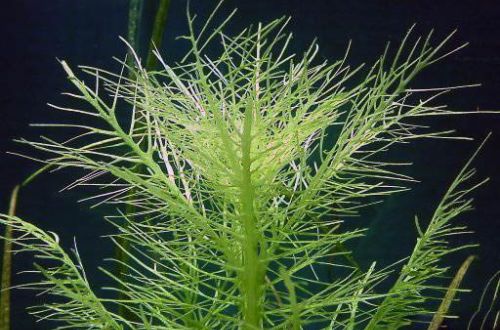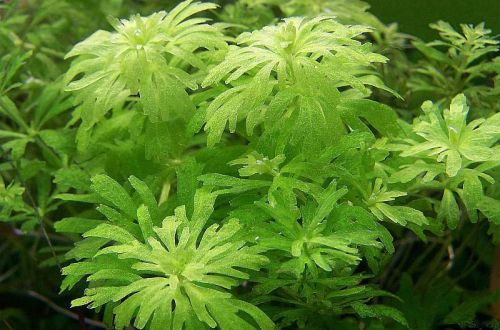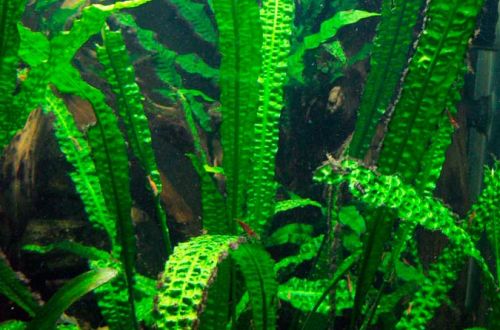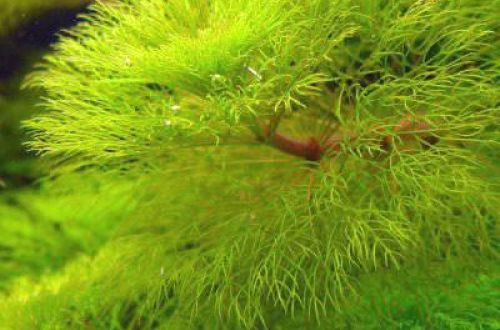
Hygrophila balsamic
Hygrophila balsamic, scientific name Hygrophila balsamica. The plant originates from South Asia from the territory of India, it is also found on the nearby island of Sri Lanka. It grows in well-heated stagnant water bodies, such as swamps, backwaters of rivers, lakes. It is not uncommon to see it in rice fields.

Able to grow both completely submerged in water and on land in moist soil, for example, in a paludarium. The plant forms a strong erect stem with numerous lateral shoots. If you cut the stem, then new shoots will also appear at the site of the cut. The cut part can give roots and become a new plant.
In a submerged position, the leaves acquire a pinnate, highly indented shape, resembling fluffy feathers, provided there is a sufficient concentration of carbon dioxide and the trace element iron. With a lack of these substances, the leaves become less cut, stiff. In the surface position or when the sprout reaches the surface, being in the air, the leaves acquire a lanceolate shape with a slightly serrated edge.
This swamp plant has dangerous properties. The fact is that the surface leaves contain essential oils, which, if released into the water, can lead to poisoning of the inhabitants of the aquarium.
When growing Hygrophila balsamic, it should not be allowed to grow beyond the surface of the water, pruning it in a timely manner. Accordingly, it is unacceptable to place a plant grown on land in an aquarium.
It is worth noting that at present there are several breeding forms that no longer produce essential oils and are completely safe for fish.





